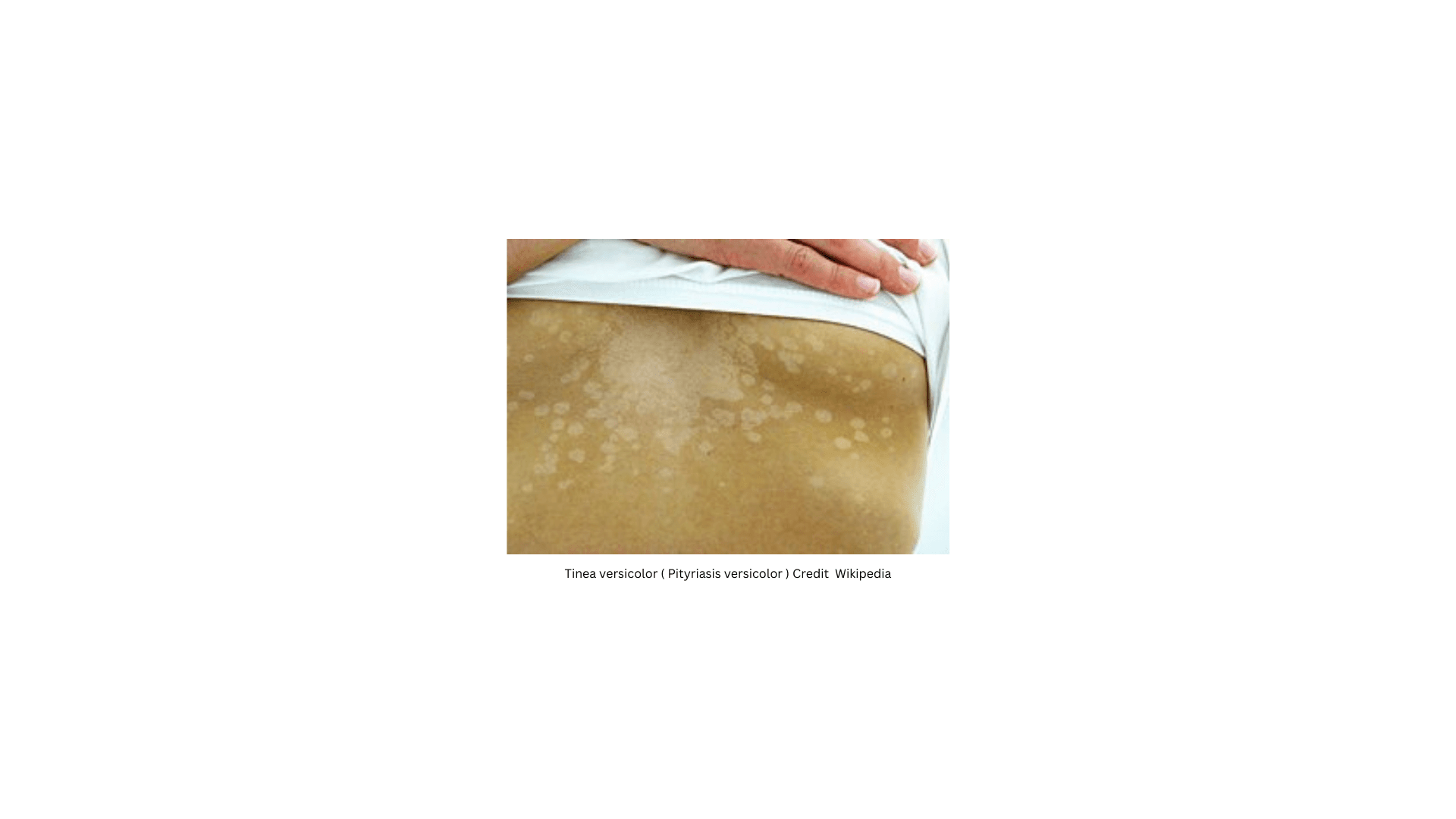Download A4Medicine Mobile App
Empower Your RCGP AKT Journey: Master the MCQs with Us!

This quick review table provides primary care clinicians with a practical guide for the management of pityriasis versicolor, a common fungal skin infection. It includes valuable insights into the condition's epidemiology, clinical features, diagnosis, and most importantly, a step-by-step approach to its effective management. With a focus on evidence-based recommendations, this resource ensures clinicians are well-equipped to offer the best care to their patients dealing with pityriasis versicolor.
| Definition | Pityriasis versicolor, also known as tinea versicolor, is a common fungal skin infection localized to the outermost layer of the epidermis (stratum corneum). It is characterized by the presence of scales resembling bran and is caused by yeasts of the genus Malassezia, which are part of the normal skin flora in over 90% of adults. The term "pityriasis" refers to skin conditions with scale-like features, while "versicolor" alludes to the infection's various colours. |
|---|---|
| Epidemiology | - Tinea versicolor occurs worldwide. - Prevalence is high in hot and humid climates, with rates as high as 50% in some tropical countries and as low as 0.5% in Sweden. - Most common among adolescents and young adults, possibly due to increased sebum production. - Can also affect children, elderly individuals, and rarely, infants, including neonates.... |
Try our Free Plan to get the full article.